The Ultimate Day Trader: How to Achieve Consistent Day Trading Profits in Stocks, Forex, and Commodities
$11.40
| Author(s) | |
|---|---|
| Format |
|
| Pages |
180 |
| Publication Year |
2009 |
The Ultimate Day Trader attempts to accomplish the following seven goals, with many more features and explanations along the way:
- Give you an overview of the issues and obstacles that must be overcome in order to be consistently profitable as a day trader in stocks and/or futures
- Provide you with objective, concise, and reliable trading methodologies to help you achieve trading profits in the single day time frame
- Provide you with the necessary trading structure or model to facilitate the application of trading tools
- Give you the rules necessary to minimize risk and to maximize profits
- Show you how to select the best market candidates for day trading
- Discuss the dos and don’ts of electronic order entry
- Show you how to diversify your day trading portfolio to minimize periods of drawdown and improve stability of performance
Author’s Note:
I should start right off by warning you that this book is not designed for the first-time day trader. My purpose in The Ultimate Day Trader is to introduce not just specific trading methodologies and techniques but also a guiding philosophy and thought process for how to use them. From that base I also discuss more generalized philosophy and pragmatics about being a trader, from start to finish of the trading day, week and month; in short, your life as a day trader. While these concepts certainly apply to the novice trader, they will be much easier to grasp for someone who has had some day trading experience. A true beginner at day trading might be better served to pick up a copy of A Beginner’s Guide to Day Trading Online by Toni Turner.
As I enter my fourth decade in the markets as a trader, analyst, author, educator, and trading system developer, I find that while some aspects of trading have grown by leaps and bounds other areas have barely advanced. Indeed, the weakest link in the chain remains the trader. It is a sad but true fact of market life that even the most profitable trading systems and methods will, in the hands of an undisciplined trader, be rendered worthless or even dangerous. I liken the situation to that of a high-powered, high performance-racing vehicle being piloted by an inexperienced driver. The results can be, and most often are, catastrophic. In preparing to write this book, I have asked myself some questions:
- What can be done to improve the lot of the average trader?
- Are the solutions to this dilemma to be found in more education, psychiatry, faster computers, better software, better systems, or a combination of the above?
- Do better systems create better traders?
- Is the ability to trade profitably innate or can it be learned?
- Is day trading the best way to succeed in the markets, or is investing the true key to consistent profits?
I have made my best attempt to answer these and other essential questions in this book. Beyond that, I have other reasons for putting this book together:
- To provide an overview of the day trading spectrum within the context of changes that have taken place since 1997 when I authored The Compleat Day Trader.
- To introduce new day trading methods that are applicable to today’s more volatile and dynamic markets
- To teach order entry strategies designed to vastly improve the odds of success
- To show you how to prevent careless but costly errors when using electronic trading platforms
- To present, discuss, and provide a detailed profit maximizing strategy for each of the strategies I have developed
- To illustrate all strategies clearly, visually, and with detailed examples
- To disclose all of the risks that are inherent in day trading
- To explore potentially new avenues and methods of day trading
I will do all these things, providing detailed illustrations, rules, and a summary of the good and bad points associated with each method I explain. While I cannot guarantee these methods will work as well in the future as they have in the past, I do believe that, at the very minimum, they will provide you with solid rules, objective methodologies, and directions for integration with the work you may currently be doing in the markets.
Contents:
- Definitions and Directions—What It Means to Day Trade Today
- The Need for Methods
- An Overview of Day Trading Markets and Methods
- The Importance of Structure and the STF Framework
- Gap Day Trading
- The Moving Average Channel with Confirmation Trend and Channel Trading
- Day Trading By the Day
- Volume Spikes and Their Use in Day Trading
- Day Trading With Divergences: Set-Up
- Day Trading with Divergence: Momentum Timing Triggers
- Day Trading With Divergence: Follow-Through
- The Stochastic “POP” Method
- The Trend Breakout Method
- Trading in a News-Driven Market
- Exit Strategies
- The Pragmatics of Day Trading
- Putting It All Together
- Ten Cardinal Rules of Day Trading
The Ultimate Day Trader: How to Achieve Consistent Day Trading Profits in Stocks, Forex, and Commodities By Jacob Bernstein (Jake Bernstein) pdf
12 reviews for The Ultimate Day Trader: How to Achieve Consistent Day Trading Profits in Stocks, Forex, and Commodities
Clear filtersOnly logged in customers who have purchased this product may leave a review.

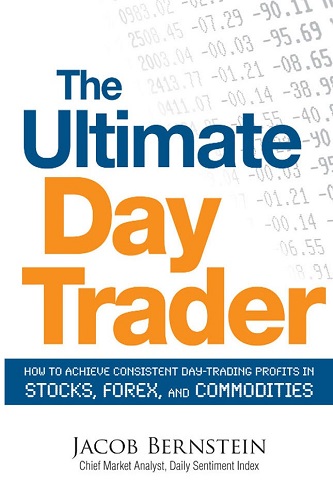
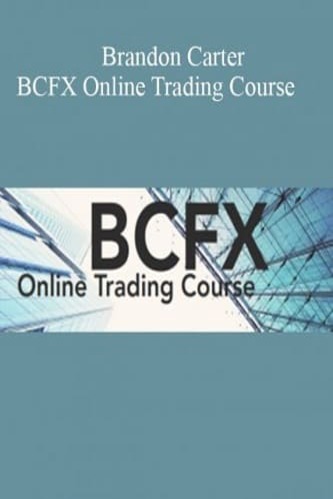

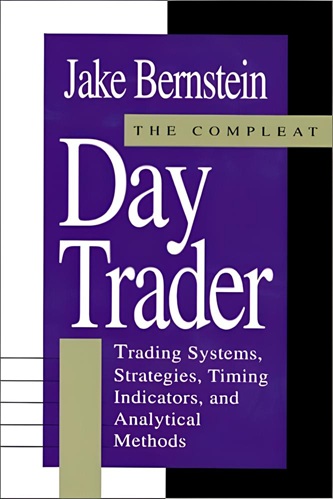


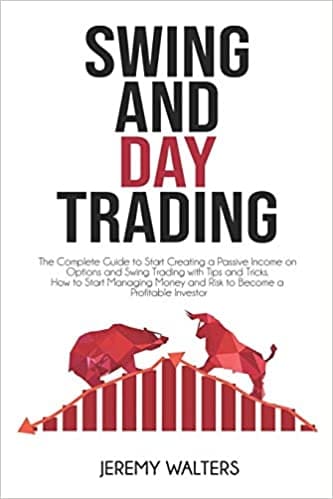
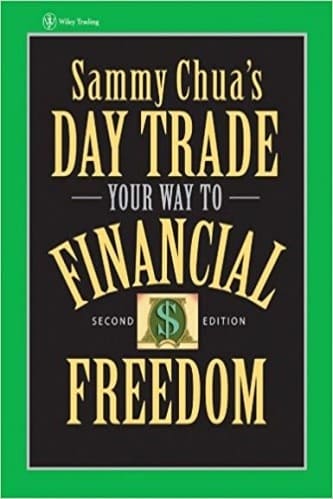
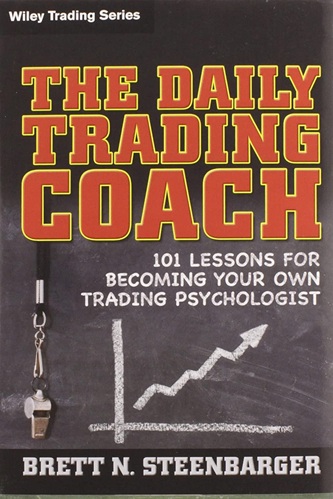
Jamal Serrano (verified owner) –
Not for the novice trader, but a must read for people looking for no nonsense approach to trading. Some may see the author’s restating of ideas as redundant, but in the conclusion those ideas are absorbed as critical issues. This book took me beyond the mechanics of trading to achieve the mindset to trade successfully. Thanks Jake.
Allie Spence (verified owner) –
good book
Logan Macias (verified owner) –
Book didn’t teach me enough to become the ultimate day trader. Became a subpar day trader though. Has some good concepts but definitely outdated by now
Boden Parrish (verified owner) –
This illuminates the mindset of day trading with minimal help on practice. It’s
more useful for what’s missing than for content. After showing suitability of indexes, ETFs and FOREX, all examples are of individual stocks. The first object in trading would be to narrow the scope.
Setup Trigger Follow-Through (STF) seems like a useful technique with many variations, perhaps worth learning. Patterns like gap analysis and day of the week are entirely new new to me so that I am dubious, but unable to evaluate efficacy. Volume and momentum (MACD, ROC, MOM) indicators are useful for longer term trading.
One problem is with understanding the definition or premise of day trading. Does the day traders world end if a trade is held over to another day’s session? Otherwise the definition fails. Another thing I worry about is how many trades can I keep track of before kidding myself? I might try a sample trade but I’m not induced to enter the process. Day trading gives up the time value of an investment. Bernstein doesn’t pretend to have all the answers or even to be profitable. Perhaps the subject deserves more study than I am willing to devote to it.
Anais Durham (verified owner) –
Great
Kailani Tapia (verified owner) –
Worth a read.
Samir Villarreal (verified owner) –
I see a lot of gruff from the other reviewers. I think differently. Maybe I am not so experienced. I have only been practicing day trading and day trading for a year now. Like J. Bernstein states in the book, “…if you are new to the markets, read Toni Turner’s A Beginnner’s Guide to Day Trading Online.” It will help you with the basics and is very comprehensive–read it twice(my thought).
Now, about The Ultimate Day Trader. Yes, a few typos and mislabeled charts. However, I worked my way up from trading GE, NFLX and MSFT, etc. to the futures market. I believe that this book is GREAT for this vehicle of trading. Maybe I am finally starting to see the bigger picture after thousands of hours looking at moving and static charts, regardless, this book will help you once you log in some time with the markets and technical analysis. It shows you how to be where the market is going to be before it is there with your orders in place already. I am actually a little in awe and disbelief at how simple and how well the MAC(Moving Average Channel) trade works as long as one knows how to spot support and resistance and get your order in before it gets there. The author expects you to know how to do this already(spot support and resistance) and does not spend a lot of time on it. Once that MAC triggers a trade, you find the R/S levels you put in an OTA Limit, OCA Stop Market, and an OCA Market-if-Touched exit(this last part is my input). Mark Douglas, in Trading in the Zone, talks about doing your risk reward analysis after predicting where the market will be and then putting in your orders before it gets there. When I first read this, I was like you gottta be kidding me, how the heck are you going to do that? Well, it simple, once the trend changes(which the MAC setup identifies) set the buy or sell at r/s and put your stop on the other side and put your target exit near the opposite r/s level. A couple of the trade techniques in Bernstein’s The Ultimate Day Trader, if used in the markets he suggests,are perfect for this kind of “TRAP” setting.
I call it a trap, like trapping a chicken for dinner as opposed to running around the barn yard tiring yourself out trying to catch one. Just set a trap at a likely place it will be and come back later and see if dinner is there or not. Trading can be the same way.
Using OHLC bars(old school for me) was actually refreshing after learning to read candlesticks and using them for a year. I have the bars just one color–blue on a black background. I do not even read them–just use them as R/S indicators and when two pop out of the channel for a trade setup/trigger. Man-o-man, after watching red and green candlesticks form patterns for a year, it is really nice to not even have to watch that–it will drive you a little nutty after a while and Bernstein’s method is much simpler and easier on the eyes. Even though candlesticks can predict a move sooner than a OHLC bar, that is not how the bars are used so the disparity doesn’t matter in this instance.
There is a problem with the one indicator: the 28 momentum with an intersecting 28 moving average of momentum trigger; not that it doesn’t work but many trading platfroms don’t put upper and lower indicators in the same grid. That is something the individual trader will have to work out for themselves.
I bought this book more than 10 months ago and just read a few chapters: mainly the beginning and the end, and in the interim have read Turner’s book, Douglas’s two books, Bernstein’s How the Future’s Market Work, some(1/2) of Brown’s Fibonacci Analysis(an incredible read), Schwagger’s Market and New Market Wizards and Mastering the Trade by John Carter, and sections from several other books on Candlesticks, Techs in general and trading psychology. I just finished The Ultimate Day Trader a few weeks ago. I would have to say very simple, to the point, and in its simplicity it is GREAT. It’s quality not quantity. He states the biggest obstacle to making what is in his book work is the trader himself/herself. All I can say is spend some time with the markets both trading and practice trading, read this book, practice some more and then read it again. You might be suprised. It is not the Holy Grail but that is only inside of us–we just need the right experience, discipline and guidance to see it, and this book will help.
He states in the book that it is a book of “methods” not a book of “systems.” This is the classic Plato vs Aristotle dichotomy. One leaning towards the efficacy and insight of the subject and the other towards the utility of the object in an external framework. If one leans too far in either direction one is out of balance. He states that his techiques cannot be back tested well because one cannot backtest the trader’s consistent follow through in maximizing the trade. If one wants a machine like system that does everything for them, this book won’t do it. But, if one wants(what seems my opinion) to be some solid trading strategies that a somewhat experienced trader can use, then these will help. Personal Awareness and Self- Analysis are more important than just technical analysis.
He, Bernstein, comments on the use of mystical and mythical patterns in trading(even though I love this aspect of trading too) and, yet, he states how there are simpler ways to make money. He is right and his book shows you the way.
Cillian Benton (verified owner) –
the book is great
Adley Knapp (verified owner) –
It was way over my head but pretty good. I’m not planning on day trading. I’m in the 85% category who feel the risk is mightier than the reward.
Amaris Benton (verified owner) –
This book is not for the total novice. You need more than a basic understanding of the markets and especially of charting. The information is quite helpful though, and the methods hold up. However, the book is edited really poorly. At times he refers to charts that do not show what he’s mentioning, and some of the charts are labeled poorly. This makes it rather confusing. The way some chapters are laid out also is sloppy. Aside from those caveats, I do think it’s worth a read. If you take the time to understand what he means and then apply it, you will have positive results.
Kellen Wang (verified owner) –
Great book even
Thatcher Magana (verified owner) –
I do not recommend this book. If you want a profitable trading strategy, this is not the book for you. He simply incorporated his so-called trading philosophy into a subset of a tutorial in how to use indicators mentioned in the book. His philosophy may seem helpful, but simply relying on these indicators will not help.